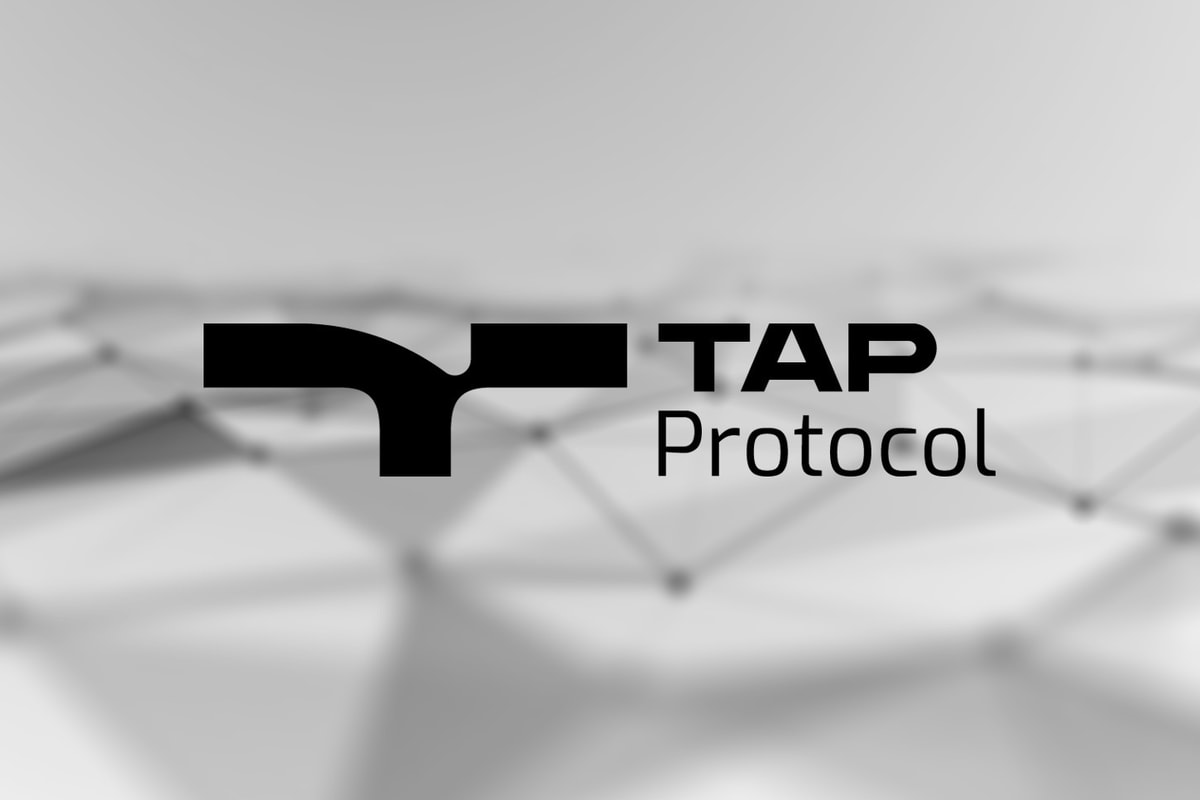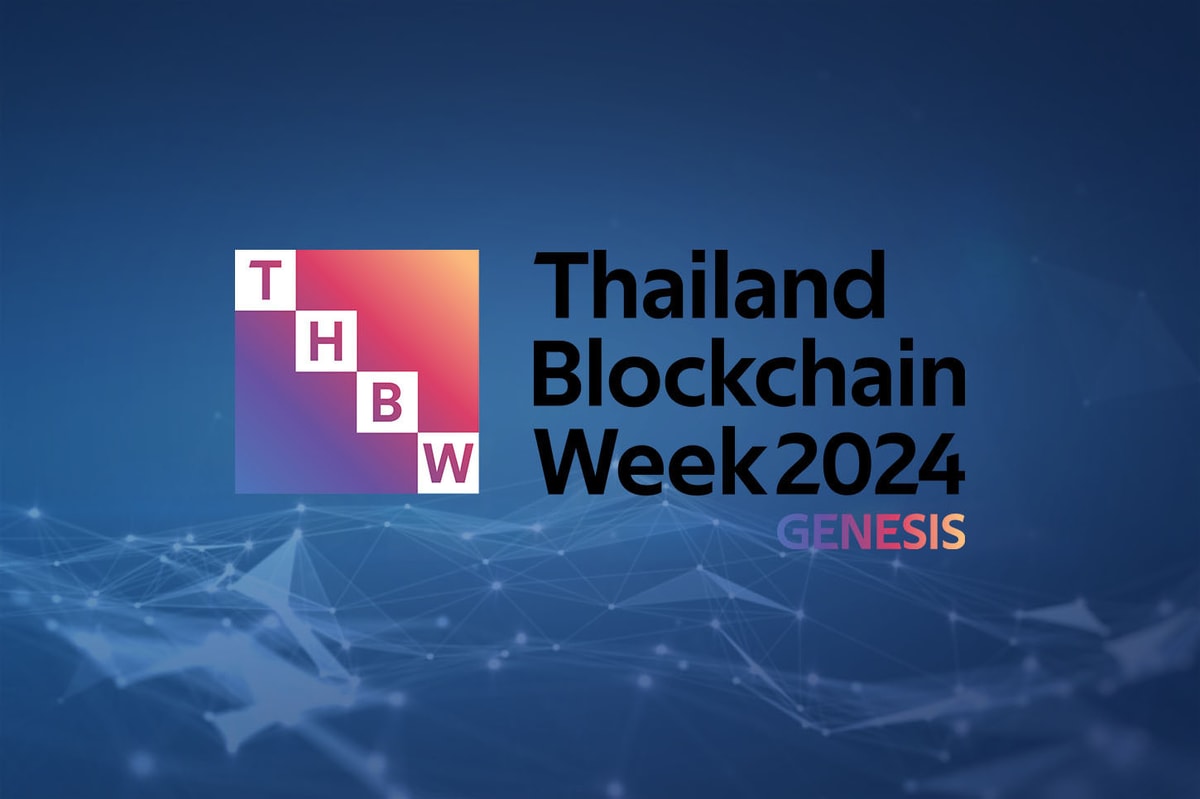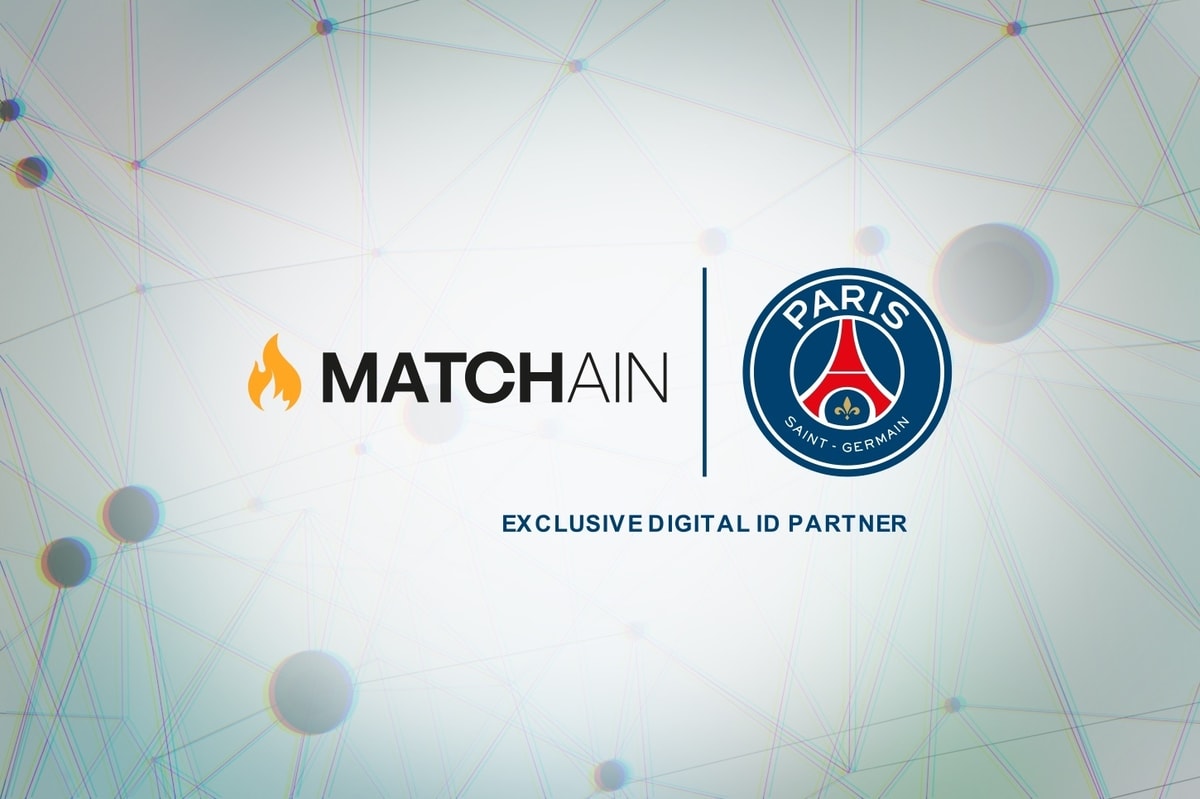Hangzhou, home of the e-commerce giant Alibaba, has seen a growing number of technology startups working to turn their ideas into business. Bytom, hanghzou’s first asssets-focused public chain project, released its first testnet “BigBang” on 29th Septmber. With the combination of Bytom Core and Bytomcli, or command line tool, the testnet is completed via Golang and along with full test cases. The core code of BigBang is now available on GitHub.
In BigBang, Bytom accomplishes the design of a basic blockchain framework that enables multiple byte-assets interaction, whose main functions are presented as follow:
- It supports a blockchain nodes-based peer to peer communication module where blocks and transactions synchronize via Reactor.
- It realizes the public and private key management function with an interface to enterprise – level service which can be compatible with enterprise – level hardware security module(HSM).
- It supports the issuing (Issue) and spending (Spend) of diversified assets and a programmable scripting system (Control Program).
- It adds a quasi Segregated Witness function that makes transactions more flexible.
Langyu, CTO of the Bytom project, notes that “The next version of the Bytom testnet will work to improve completeness and practicality of assets interaction where assets could be accessed like visiting domains. It’s a feature worth waiting for.”
Initiated by 8btc.com in January 2017, the Bytom project aims to connect the atomic world with the byte-world to build an interactive protocol with which assets can be registered, exchanged, gambled and engaged in other more complicated and contract-based interoperatiosn via Bytom.
A complete and effective blockchain protocol tailor-made for transactions of multi byte assets has not been created. As an asset-focused puclic chain, Bytom enjoys eight innovations.
- Compatible with the UTXO design of Bitcoin
- General address format
- Compatible with National Encryption Standard
- Asset naming using ODIN
- POW algorithm that is friendly to AI ASIC-chips
- Cross-chain asset transactions and dividends distribution through sidechain
- Quasi "Segregated Witness" Design
- Enhanced Trading Flexibility
The Bytom team has been working on the development since they released the whitepaper in June 2017. The testnet BigBang adds Segwit and new address of BIP173 and other latest breakthroughs in the blockchain technology.
Why choose the name BigBang? The Bytom team is confident that the testnet will work like a huge cosmic explosion that opens a whole new world by bridging together the physical and the byte world.
In Bytom, there are a handful of experienced engineers and blockchain talents. Gavin who worked at ARRIS GROUP for years and contributed code for parity (Ethereum client) is now a developer at Bytom. James, designer and developer of big data and distributed game systems at Magmic Inc, is responsible for the development of blockmeta. And the team took home the second prize of Cosmos Hackthon, which represents the best performance any Chinese teams could achieve in the competition. The team will enroll more developers from America, Russia and Korea.
The Bytom team will follow their roadmap to promote the project. Before releasing the official testnet, the team will keep optimizing to realize the ODIN system and users-friendly accounts function. The official testnet will be released at the fourth quarter of 2017 and Bytom1.0 at the second quarter of 2018.
BigBang open source on GitHub.
Company name: Hangzhou Shichuo Information Technology Co, Ltd.
Company site: http://bytom.io/en
Email: [email protected]











